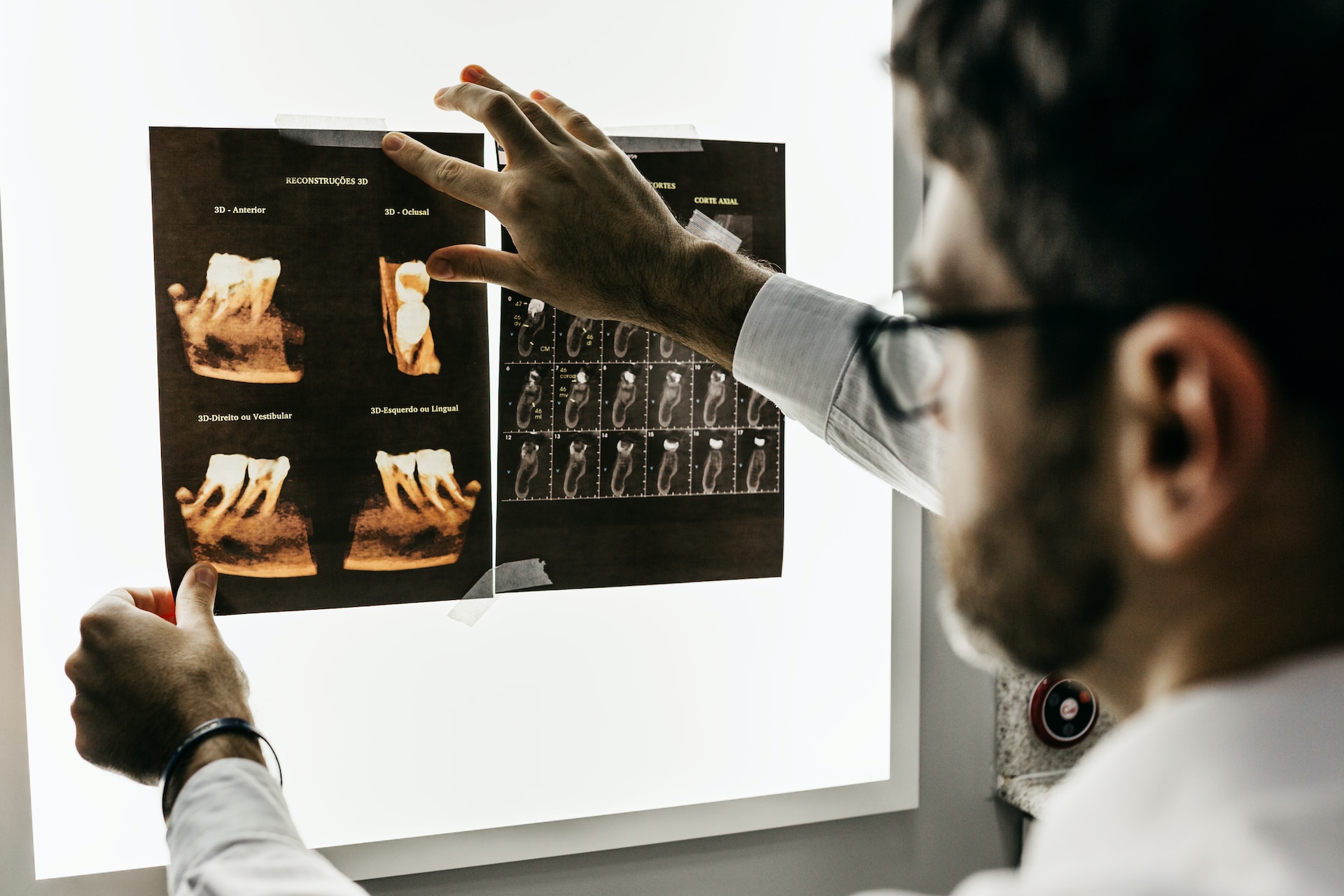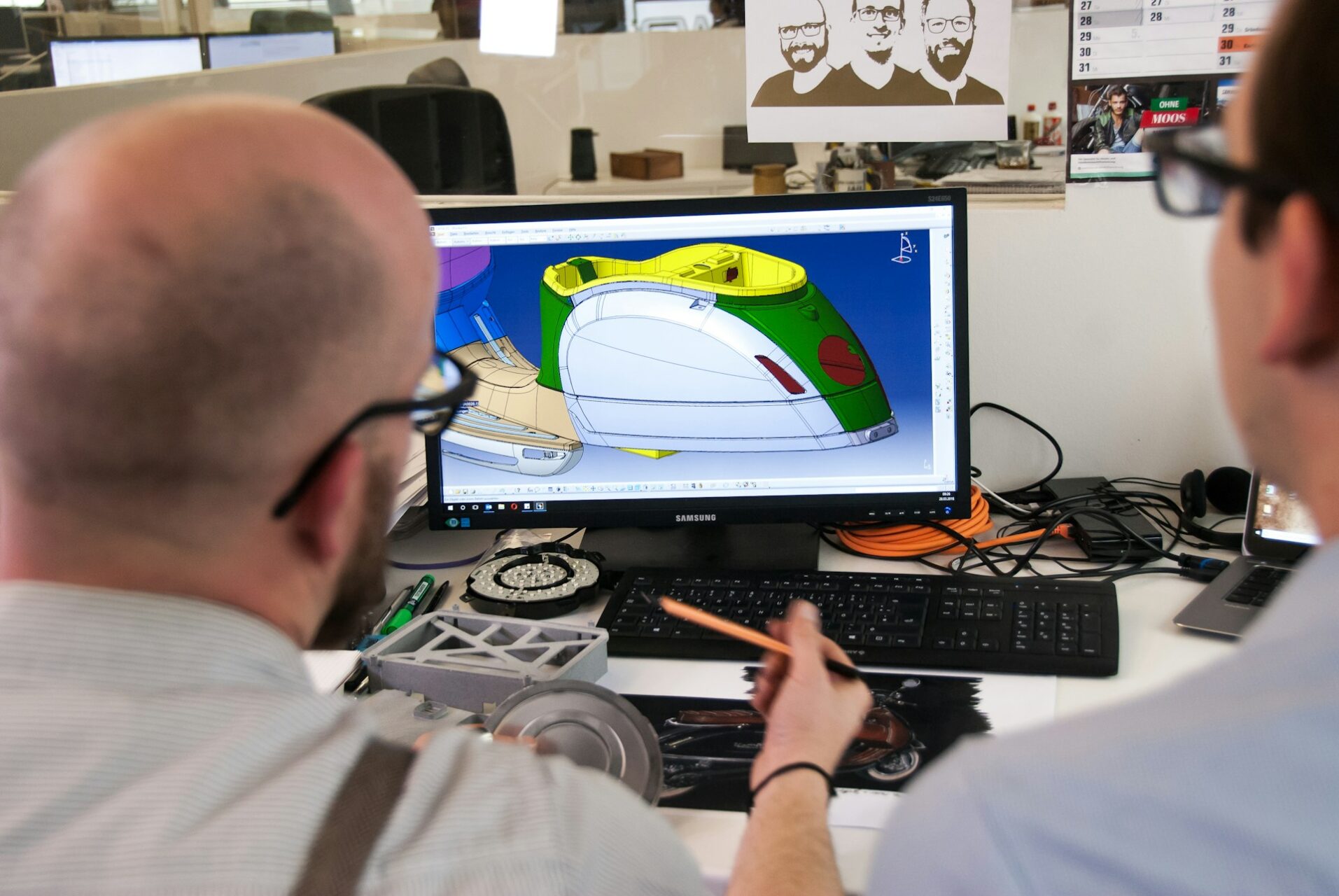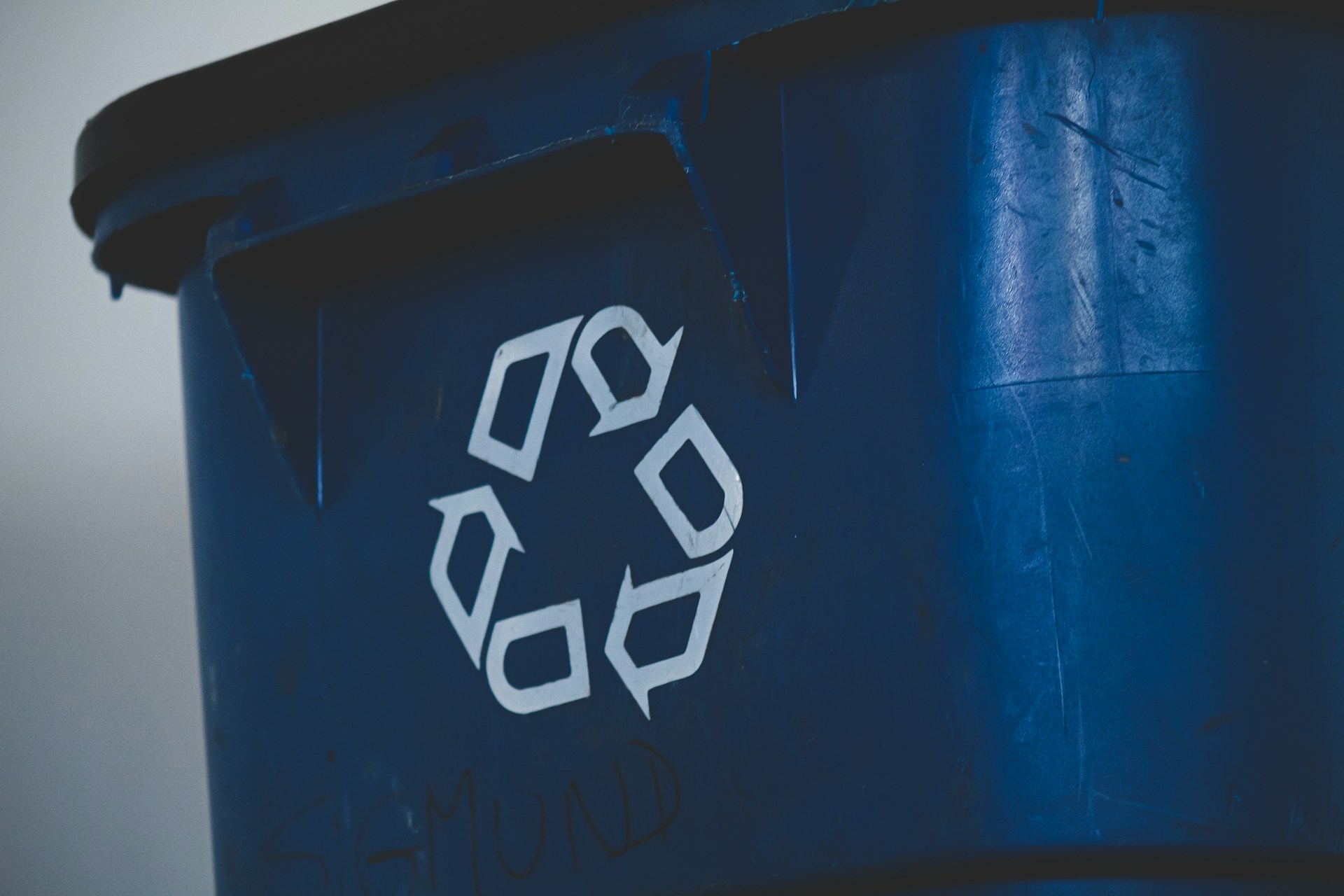
Everything Manufacturers Need to Know About X-Ray Inspection
September 22, 2023 - Lou Farrell
Revolutionized is reader-supported. When you buy through links on our site, we may earn an affiliate commision. Learn more here.
Quality control is an essential step in the manufacturing process, but it’s hard to get right. In many cases, manufacturers sacrifice speed for accuracy or vice versa, but taking a more technological approach can resolve this issue. X-ray inspection is a prime example.
Manufacturers can choose from many quality inspection technologies today, but X-ray machines provide some unique advantages. While they may not be the most common inspection technique, they can be a helpful one in the right context.
How Does X-Ray Inspection Work?
X-ray inspection works similarly to passing baggage through a TSA checkpoint at the airport. Parts or products pass under a machine emitting one or more X-ray beams. Because X-ray wavelengths are smaller than some atoms, the resulting image will show inside and behind some surfaces, offering an in-depth look at the object.
Some X-ray machines use a single wavelength — ideal for pinpointing a specific product characteristic — while others use multiple to provide more information. This equipment can also be entirely manual or fully automated. In the latter form, machine vision systems analyze the X-ray images in real-time, enabling faster and more accurate readings.
In general, X-rays show the density of different objects. Density, in turn, can reveal many characteristics of the object in question. It can reveal foreign particles in a mixture, highlight fill levels in an opaque container, indicate a material’s chemical makeup and more.
What Sectors Use X-Ray Inspection
Because X-ray inspection is so versatile, it sees use across a wide range of manufacturing subsectors. Here are a few of the most prominent examples.
Food and Beverage
The food and beverage industry relies on X-ray inspection more than most other sectors. Food manufacturers often use it to look for contaminants in packaged products that visual inspections may miss. Considering foodborne illnesses affect millions of people annually, relying on less in-depth methods is too risky.
X-rays can pass easily through packaging materials like cardboard and thin plastic. They also penetrate meat, many liquids and other soft food materials. However, they don’t pass as easily through bone, metal, glass, ceramic or rubber, so these more dense objects show up clearly in the resulting image. Consequently, X-rays enable fast, accurate detection of unsafe contaminants.
Other food and beverage companies use X-rays to ensure they fill packaging properly before shipping products. These wavelengths can show if even opaque bottles are full, reveal missing components in pre-packaged meals or highlight if there’s too much of a product in the package.
Pharmaceuticals
Pharmaceutical manufacturers use X-ray equipment for many of the same reasons. Medicine bottles are rarely transparent, so being able to double-check fill levels without opening anything is a big advantage.
Checking for contaminants is even more important in pharma manufacturing than in the food and beverage sector. X-rays are preferable to many other inspection methods in this area because they’re fast and efficient, offsetting the high production costs in the industry. It’s worth noting that X-rays cause no damage to pharmaceuticals, either, despite being a form of radiation.
X-ray equipment is also ideal for ensuring packages are in good condition. These images will reveal any internal defects with child-proof locks or other packaging systems to ensure consumers’ safety.
Electronics
X-ray inspection is also increasingly common in electronics manufacturing. Printed circuit boards (PCBs) are getting smaller and smaller, making it hard to inspect their circuitry with the naked eye. X-ray machinery provides a solution.
The metal circuitry on a PCB stands out from the substrate beneath it because they have vastly different densities. Consequently, an X-ray can make misalignment, incomplete circuits, excess soldering or other issues more visible. It can even penetrate multiple layers to scan more complex devices in one pass.
Innovations like 3D printing have made it possible to produce PCBs faster and for less money, and X-rays bring similar benefits to quality control. By implementing both of these technologies, electronics companies can meet growing demand while managing production costs.
Automotive
Similar benefits apply to the automotive industry. Many common defects in car parts aren’t immediately visible to human eyes, especially material issues like improperly mixed alloys or surface imperfections. Running parts through an X-ray machine will reveal these defects faster and more accurately.
Automakers can pass materials and parts through X-ray equipment before they work with them further, inspecting them without stopping production. If there are any cracks, uneven surfaces or contaminants in the metal, they’ll show up. Manufacturers can then avoid using defective parts before they cause larger issues.
X-ray inspection is also helpful during final vehicle checks. These tools can penetrate past multiple layers of machinery to reveal any production errors before manufacturers ship cars to customers.
Benefits of X-Ray Inspection
Across all use cases, X-ray quality checks have many benefits. Chief among them is the ability to see past multiple layers and opaque surfaces without any invasive procedures. This equipment is also relatively inexpensive compared to other advanced inspection methods, as X-ray technology has been around for a long time.
These inspections are also relatively easy to automate. Even if manufacturers employed every available worker with relevant experience, it would only fill 75% of its current vacancies, so automation is imperative. Many X-ray solutions today are fully automated, and manufacturers can use AI to retrofit older systems with automation.
X-ray equipment is also durable, easy to operate and flexible, letting manufacturers implement it across various use cases. It can also come in a relatively small form factor, making it even more accessible.
Challenges of X-Ray Inspection
As with any technology, X-ray inspection has some limitations, too. The most significant is that these machines can’t catch every kind of defect or identify every type of material.
Because X-rays pass through low-density objects, some contaminants — like human hair or skin — may not show up on X-ray images. Similarly, this equipment may fail to catch smaller particles or find issues behind denser metals without adjustment. It also can’t measure things like color or texture.
Find the Best Inspection Process for Your Facility
No technology is a perfect fit for every scenario, but X-ray machinery has applications across many industries. Manufacturers looking for ways to make their quality inspection processes faster or more accurate should question whether X-ray inspection is right for them. Depending on the situation, it may be the ideal solution.
Revolutionized is reader-supported. When you buy through links on our site, we may earn an affiliate commision. Learn more here.




